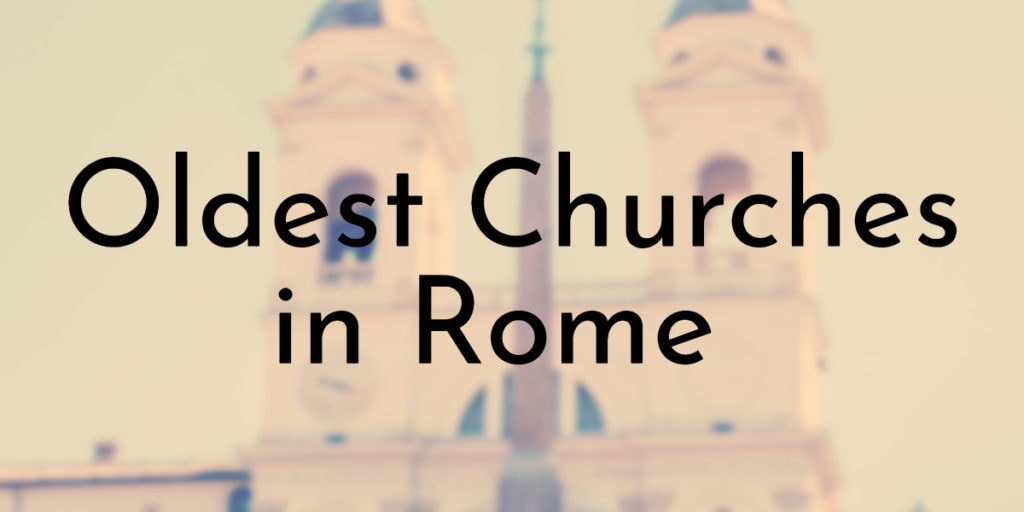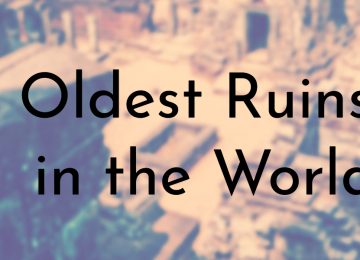The first churches in Rome were built by the Emperor Constantine. He had a vision to make Rome a spiritual center for all of Christianity, and this was accomplished by building churches throughout the city.
The Romans used their architectural skills to create beautiful cathedrals that were built on the highest hills of Rome, providing spectacular views of the city below. This enabled worshipers to look up and see God’s presence in heaven.
During this time period, the church also played an important role in social life. In addition, it provided services for those who could no longer afford them elsewhere (such as widows and orphans). Today, many of these churches still stand as reminders of what made Rome so rich during its time as an empire.
The city of Rome is not only one of the most important and oldest cities in Europe, but also the center of Christianity. There are many churches in Rome that range from very old to very new. In this guide, you will read about eight of the oldest churches in Rome, so you can determine which ones are worth visiting.
8. The Basilica of Saints Nereus and Achilleus
Year Built: Before 377
Founder: Pope Leo III (rebuilt)
Still in Use: Yes
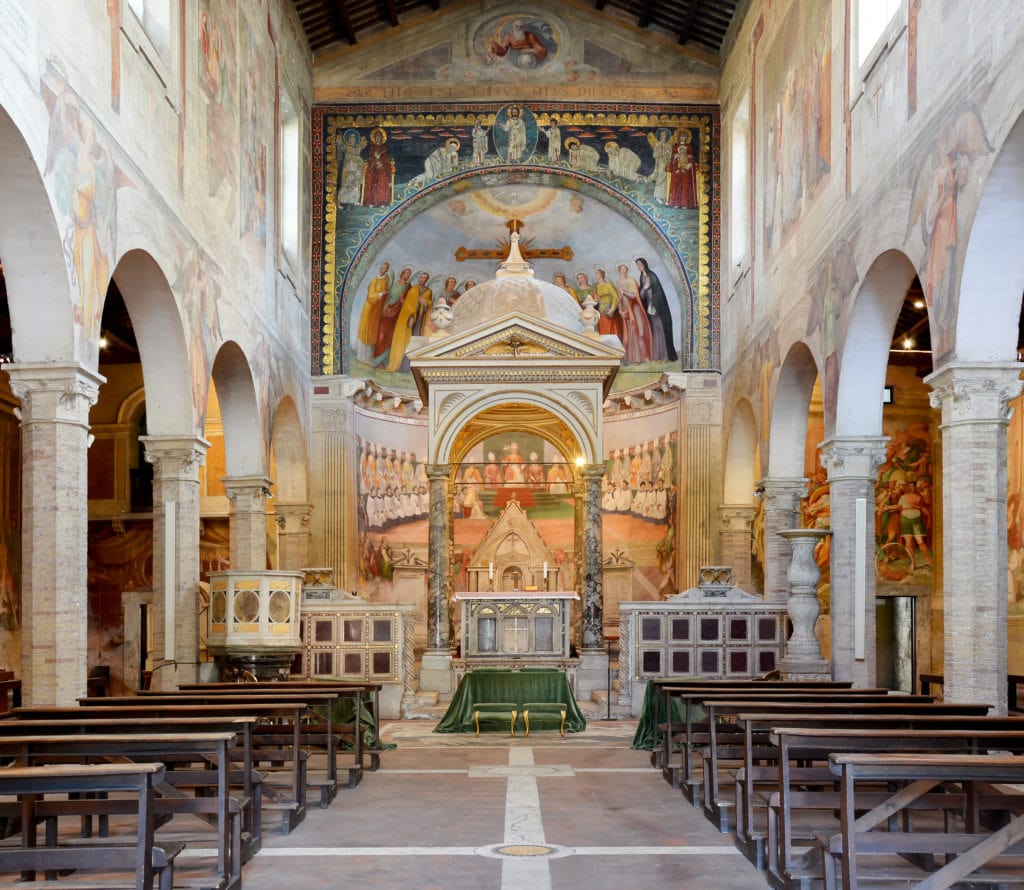
The Basilica of Saints Nereo and Achilleo, which honors the two martyrs who perished as a result of Diocletian’s persecution, is located not far from the Baths of Caracalla.
The basilica was originally established in the fourth century AD, but Pope Leo III had it renovated around the end of the eighth century. He also had the nearby marshland reclaimed for this purpose. It was left unattended and fell into decay nonetheless, shortly after.
Beginning in the fourteenth century, the church underwent a number of restorations, the most significant of which occurred under the papacy of Clement VII. At this time, the relics of the two saints were placed beneath the main altar, where they can still be seen today.
Did You Know?
Orthogonal pillars were used in the 15th century to replace the old columns, and Cardinal Baronio’s massive frescoes serve as a distinguishing feature of the nave.
7. Basilica di Santa Anastasia al Palatino
Year Built: 363
Founder: Pope Simplicius
Still in Use: Yes
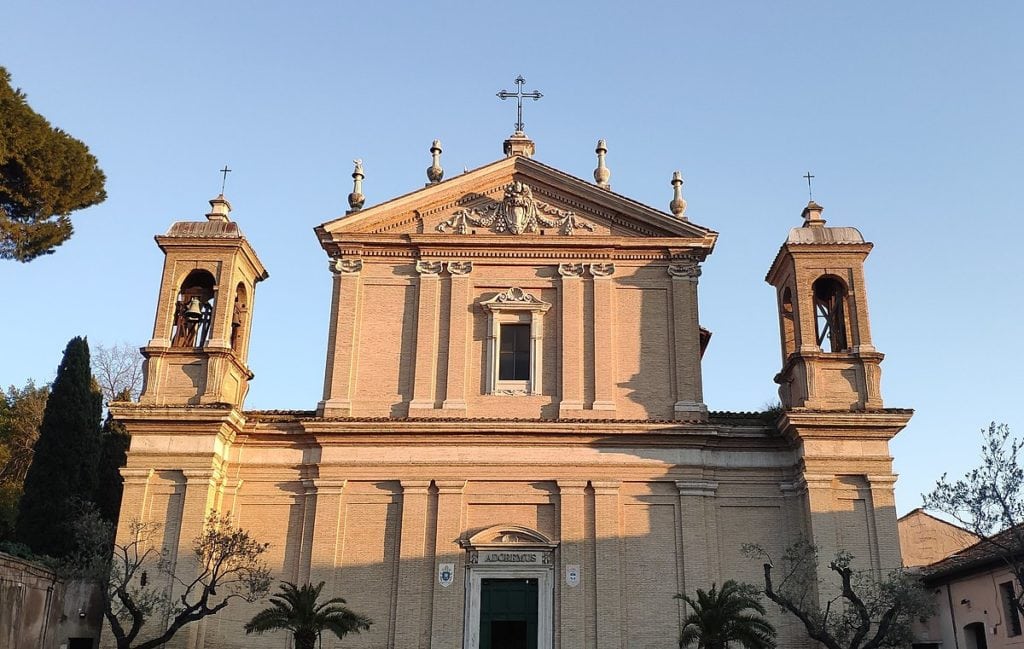
Some accounts assert that the church of Santa Bibiana, which is adjacent to Termini Station, has very ancient beginnings, dating back to 468.
However, according to legend, the church was constructed in 363 on the site where Santa Bibiana lived and was laid to rest after being scourged to death on December 2, 362, during the persecutions occurring under the rule of Emperor Julian, also known as the Apostate, for refusing to renounce the Christian faith.
Did You Know?
The patron saint of headache and hangover sufferers as well as those with seizure problems is Saint Bibiana.
6. Santa Maria in Trastevere
Year Built: 340
Founder: Pope Callistus I
Still in Use: Yes
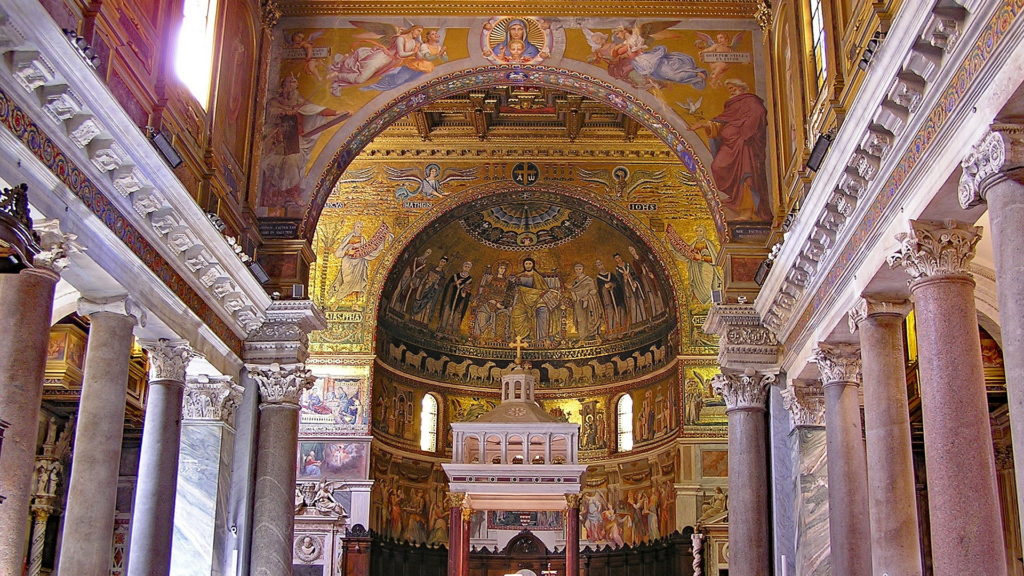
The story has it that Saint Julius I completed it in 340 after Pope Callistus I began construction on it in the third century.
It was rebuilt during the pontificate of Pope Innocent II, although without undergoing significant changes. It later had decorations and restorations, notably those encouraged by Popes Clement XI (1702) and Pius IX (1870).
Numerous components of the church belong to the 12th century; of particular note are the mosaics, particularly those on the façade and those in the apse by Pietro Cavallini that show the “Life of the Virgin.” The bell tower, with its square base, is visible outside and was constructed in the 12th century.
5. San Marco
Year Built: 336
Founder: Pope Mark
Still in Use: Yes
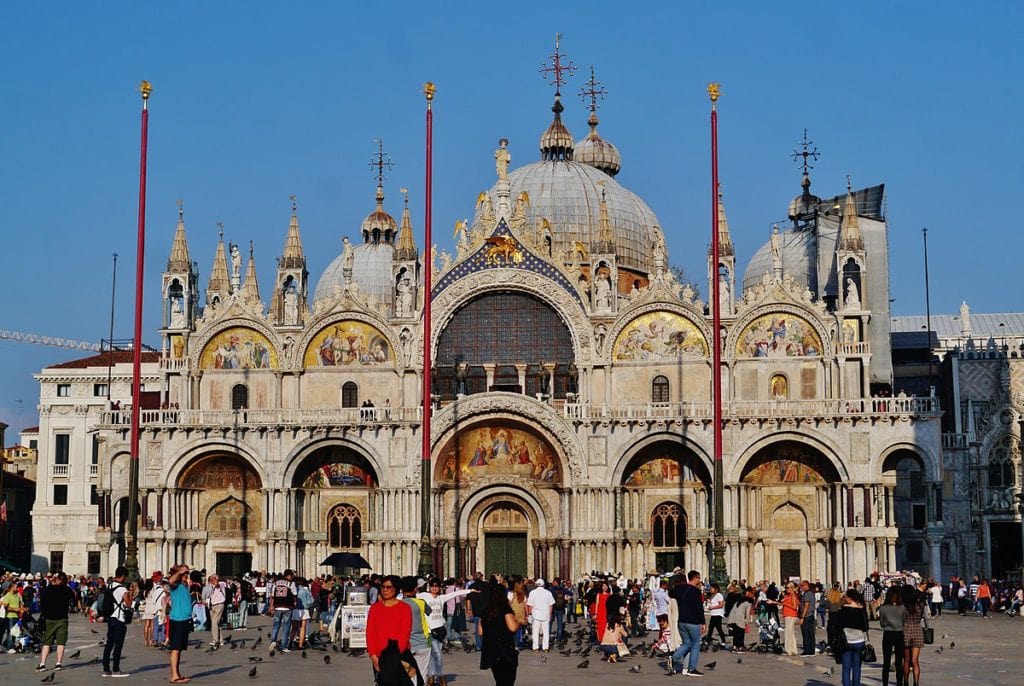
Apart from the installation of a Romanesque bell tower in 1154 and the rebuilding in 833 by Pope Gregory IV, the church was constructed in 336 by Pope Mark and underwent a major Renaissance-style redesign between 1465 and 1470 at Pope Paul II’s direction.
Using marbles stolen from the Colosseum and the Theatre of Marcellus, Leon Battista Alberti is credited with erecting the façade in 1466. The basilica underwent its final significant renovation between 1654 and 1657, which Cardinal Angelo Maria Quirini finished between 1735 and 1750, when the church’s Baroque interior ornamentation was added.
Did You Know?
The bell tower was built in 1902 and underwent renovation until 1912.
4. Old St. Peter’s Basilica
Year Built: 326-333
Founder: Constantine I
Still in Use: No
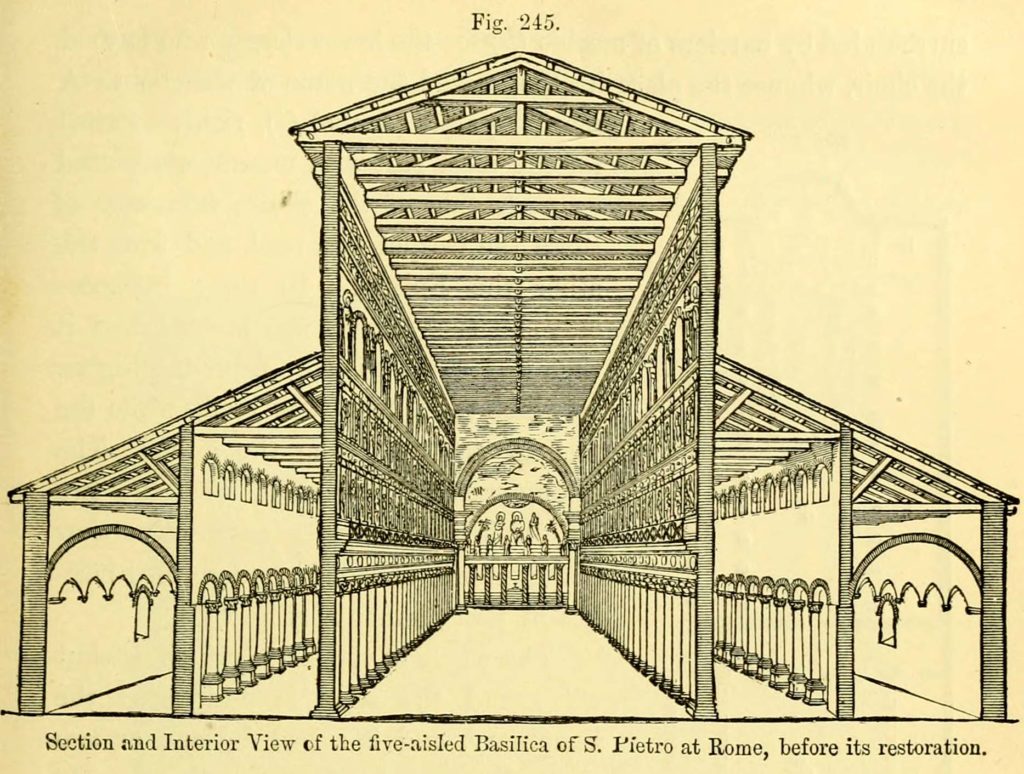
Constantine, the Roman emperor, oversaw its construction, which was completed some 30 years after Constantine began it, between 326 and 333.
Historical traditions claim that the building was erected where St. Peter was buried.
The Old St. Peter’s Basilica served as the venue for papal coronations and other holy occasions. This is where Charlemagne established himself as the emperor of the Holy Roman Empire in the year 800. The ancient St. Peter’s Basilica was at its spiritual height during this time.
Did You Know?
From 300 AD (the middle of the fourth century) until 1506 AD, the ancient Basilica of Constantine was constructed.
3. Santa Croce in Gerusalemme
Year Built: 325
Founder: St. Helena
Still in Use: Yes
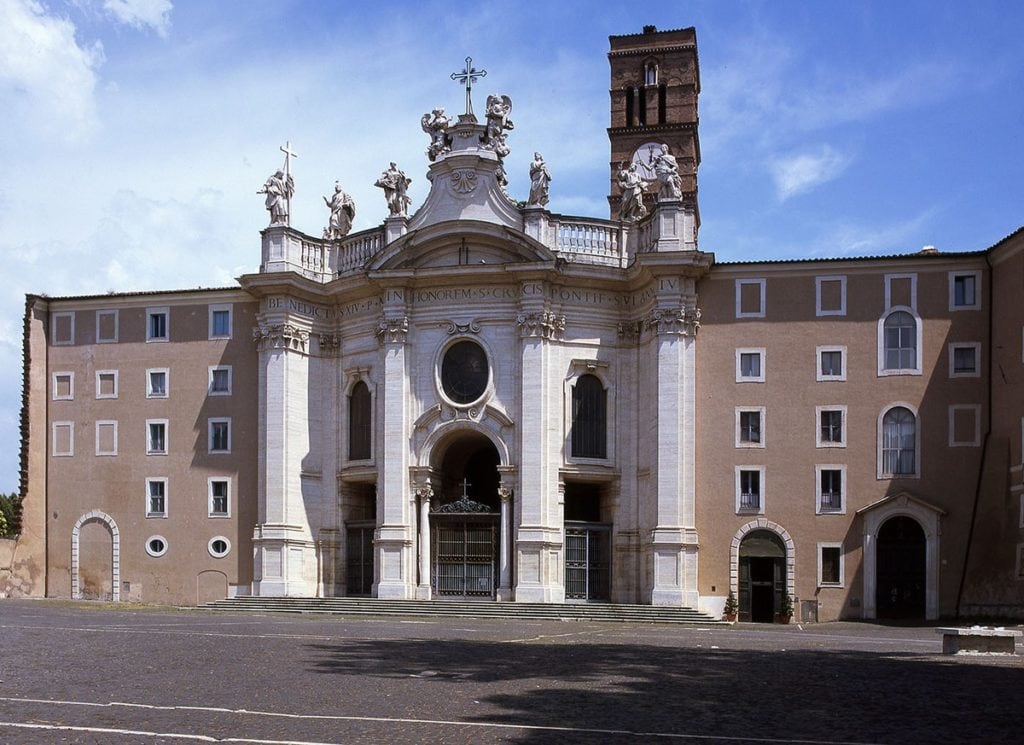
The Basilica di Santa Croce in Gerusalemme is another name for the Holy Cross Basilica in Jerusalem.
The basilica was believed to have been constructed in 325 to house the relics of Jesus Christ’s Passion that Empress Helena, had brought to Rome from the Holy Land. The basilica was given the name Hierusalem because Jerusalem soil was used to fill the earth beneath it.
Did You Know?
The objects Empress Helena placed in her boat and kept as relics in the church she constructed were the True Cross, the Good Thief’s Cross, the Titulus, a few thorns from the Crown of Thorns, and a few nails.
2. Basilica of St. John Lateran
Year Built: 324
Founder: Constantine I
Still in Use: Yes
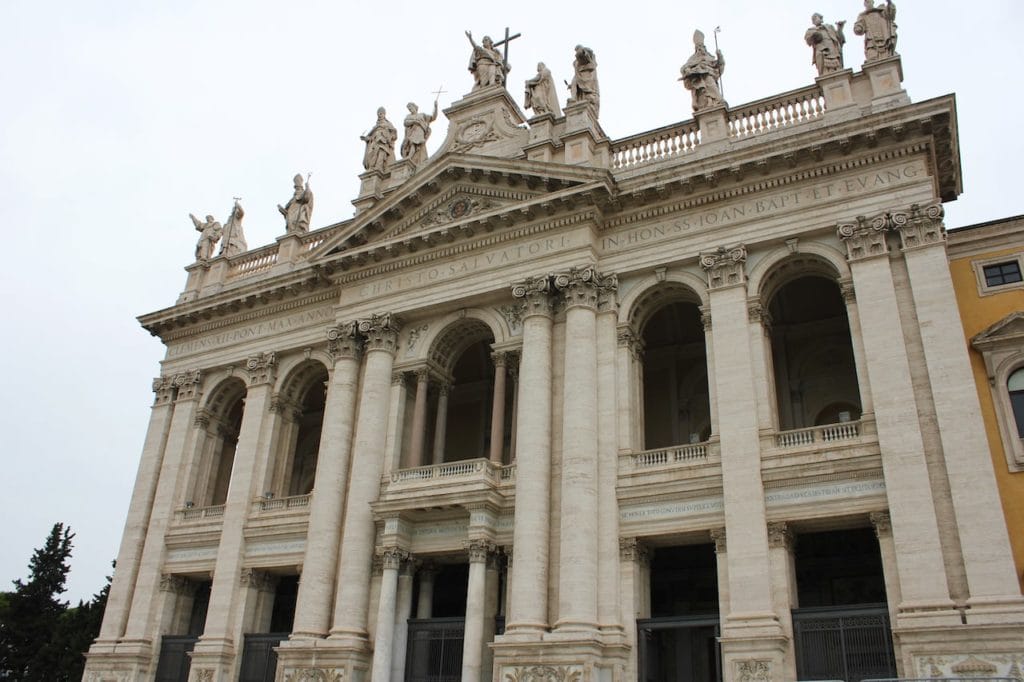
The most well-known of the four major basilicas is San Giovanni in Laterano (Basilica di San Giovanni in Laterano), which was constructed in the fourth century in memory of St. John the Baptist and John the Evangelist. It was the first church built in Rome and is now the cathedral for the entire city.
It is recognized by the name St. John Lateran Archbasilica.
The Basilica of St. John Lateran serves as both the Pope’s residence and the cathedral church for the Archdiocese of Rome.
Did You Know?
The current cardinal priest at the basilica is Cardinal Agostino Vallini, who was elected by Pope Francis.
1. Santa Susana
Year Built: 280
Founder: Unknown
Still in Use: Yes
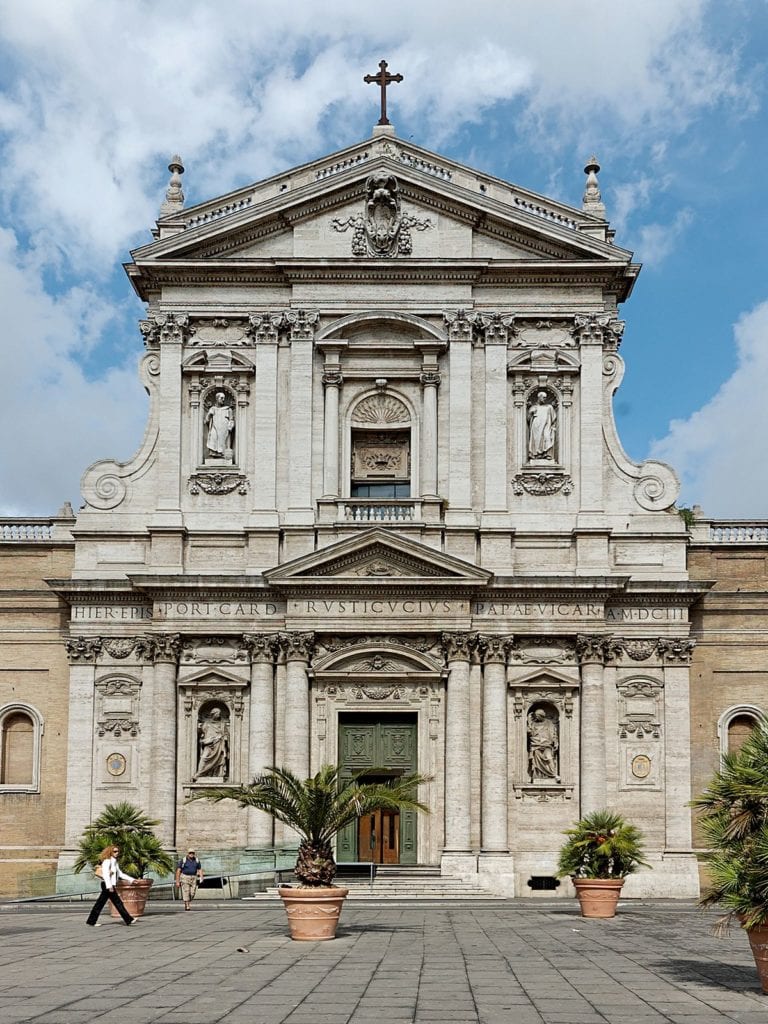
Built as early as AD 280, Santa Susana is considered the oldest church in Rome. For a Cistercian sisters’ monastery established on the property in 1587 that is still there, the present church was reconstructed from 1585 to 1603.
When the basilicas of numerous house churches started to be used for liturgical purposes, it is believed that Emperor Constantine I transformed the structure into a church about the year 330. The basilica was formed like a T, and the twelve columns on either side of the central nave were flanked by side aisles.
After the basilica church was rebuilt in the late 16th century, only the two side chapels remained of these two side aisles.
Did You Know?
The only church in Rome with a totally painted interior is Santa Susanna.


